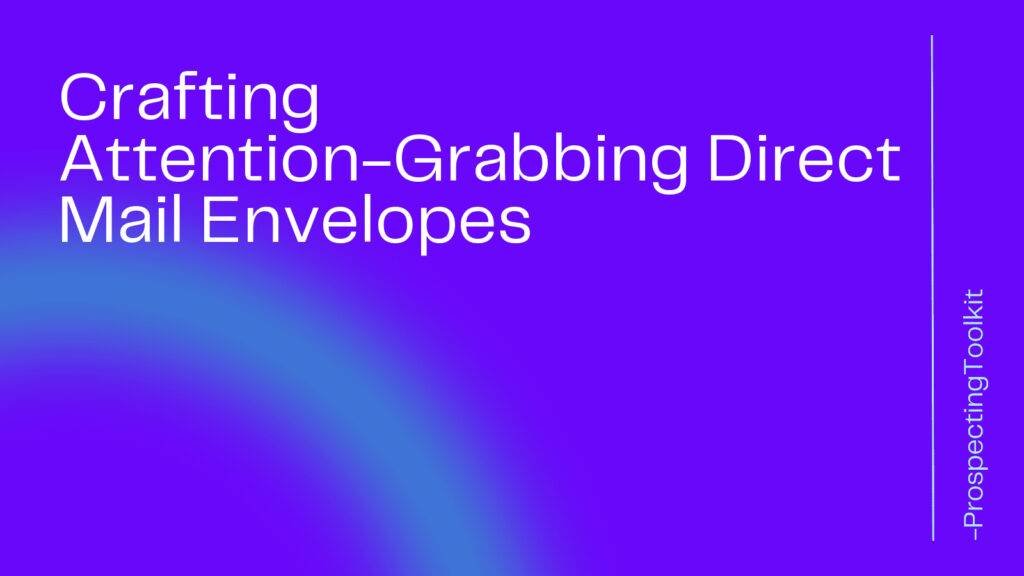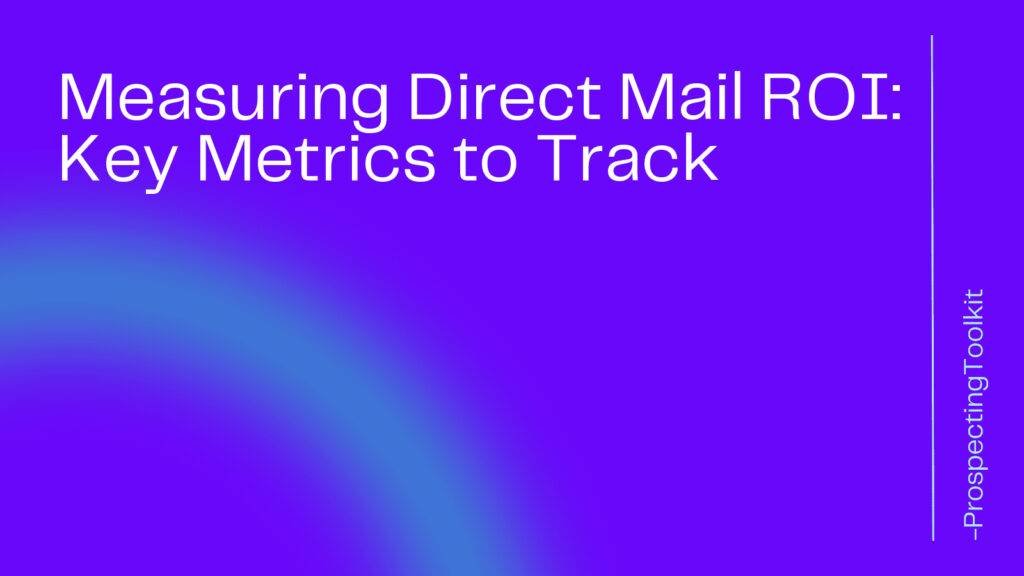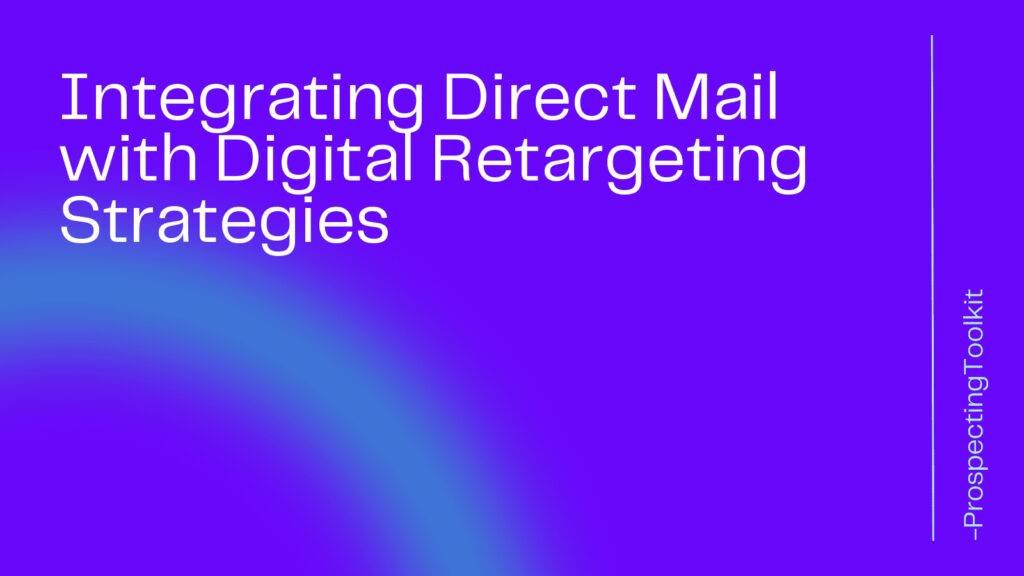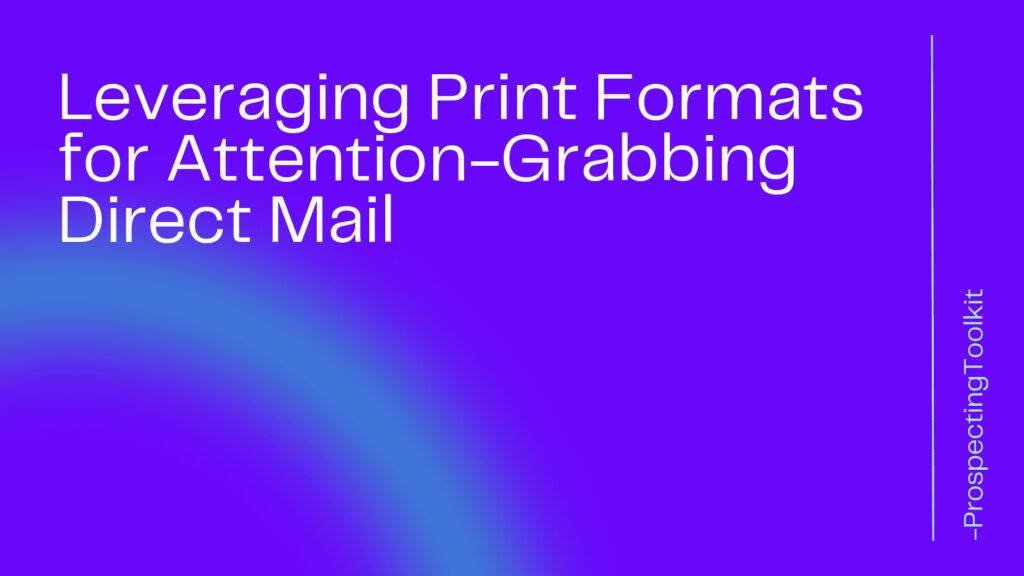Cold email has gained popularity as a way to reach out to potential clients, partners, or employers.
However, despite its effectiveness, many people make common mistakes when it comes to crafting and sending cold emails.
These mistakes can hinder the success of your email campaigns and prevent you from achieving your desired outcomes.
In this article, we will explore some of the most common cold email mistakes and provide tips on how to avoid them.
By following these guidelines, you can enhance the impact of your cold emails and increase your chances of receiving positive responses.
Table of Contents
ToggleMistake 1: Lack of Personalization
One of the biggest mistakes people make when sending cold emails is failing to personalize their messages. Generic, impersonal emails are often ignored or deleted without a second thought.
To avoid this, take the time to research your recipient and tailor your email to their specific needs or interests. You can even use a tool like Warmer.ai to speed up and automate this process!
Use their name in the greeting, reference their company or recent achievements, and highlight how your offering can benefit them directly.
Personalization shows that you have taken the time to understand their situation and increases the likelihood of a positive response.
Mistake 2: Poor Subject Lines
The subject line is the first thing your recipient sees when they receive your email.
A poorly crafted subject line can result in your email being overlooked or sent straight to the spam folder.
To grab the recipient’s attention, make sure your subject line is concise, compelling, and relevant to their interests.
Avoid using generic or spammy phrases that may trigger spam filters.
Instead, focus on creating a subject line that piques curiosity or offers a clear value proposition.
Experiment with different subject lines and track their performance to determine what works best for your audience.
Mistake 3: Lengthy and Confusing Emails
In the fast-paced world we live in, people have limited time and attention spans.
Sending lengthy and confusing emails is a surefire way to lose your recipient’s interest. Keep your cold emails concise, clear, and to the point.
Use short paragraphs, bullet points, and subheadings to break up the text and make it easier to read.
Clearly state the purpose of your email and the desired action you want the recipient to take. By keeping your emails focused and easy to digest, you increase the chances of getting a response.
Mistake 4: Lack of Call to Action
A common mistake in cold emails is not including a clear call to action.
Without a specific next step, your recipient may not know how to respond or what you expect from them.
Whether it’s scheduling a call, requesting a meeting, or simply asking for a reply, make sure to clearly state your desired action and provide any necessary instructions.
A strong call to action motivates the recipient to take action and increases the likelihood of a positive response.
Mistake 5: Ignoring Follow-Up
Many people make the mistake of sending a single cold email and giving up if they don’t receive a response. However, research shows that follow-up emails can significantly increase response rates.
Don’t be afraid to send a polite follow-up email after a few days or a week.
In your follow-up, remind the recipient of your initial email, restate your value proposition, and ask if they have any questions or concerns.
Persistence pays off, and a well-timed follow-up can make the difference between a missed opportunity and a successful connection.
FAQ
How many follow-up emails should I send?
There is no set rule for the number of follow-up emails you should send. It depends on the context and your relationship with the recipient. As a general guideline, sending two or three follow-up emails spaced a few days apart is considered reasonable. However, if you receive a clear indication that the recipient is not interested, it’s best to move on and focus your efforts elsewhere.
Should I include attachments in my cold emails?
A2: It’s generally best to avoid sending attachments in cold emails. Attachments can trigger spam filters and may be seen as unprofessional or suspicious. Instead, provide links to relevant resources or include a brief summary of the information you want to share. If the recipient expresses interest, you can then send attachments or additional materials as requested.
Is it necessary to include a signature in my cold emails?
A3: Yes, including a signature in your cold emails is essential. A professional email signature adds credibility and provides important contact information. Include your name, job title, company name, and relevant contact details such as phone number and website. Additionally, consider adding links to your social media profiles or a link to your portfolio if applicable.
How can I track the performance of my cold email campaigns?
There are various tools available that allow you to track the performance of your cold email campaigns. These tools provide insights into metrics such as open rates, click-through rates, and response rates. By analyzing these metrics, you can determine the effectiveness of your email campaigns and make data-driven decisions to optimize your outreach efforts.
How can I avoid sounding too salesy in my cold emails?
It’s important to strike a balance between promoting your offering and sounding too salesy in your cold emails. Instead of focusing solely on your product or service, emphasize the value and benefits it can provide to the recipient. Use language that is informative, helpful, and personalized. Avoid using excessive exclamation marks, bold fonts, or aggressive sales language. By adopting a consultative approach and showing genuine interest in the recipient’s needs, you can build trust and increase the chances of a positive response.
Conclusion
Cold emailing can be an effective strategy for reaching out to potential clients, partners, or employers. However, to maximize your success, it’s crucial to avoid common mistakes that can hinder the effectiveness of your email campaigns.
By personalizing your emails, crafting compelling subject lines, keeping your messages concise and clear, including a clear call to action, and following up strategically, you can increase your chances of receiving positive responses.
Remember to track the performance of your email campaigns and make adjustments based on the data.
With these tips in mind, you can enhance the impact of your cold emails and achieve your desired outcomes.
Happy emailing!







